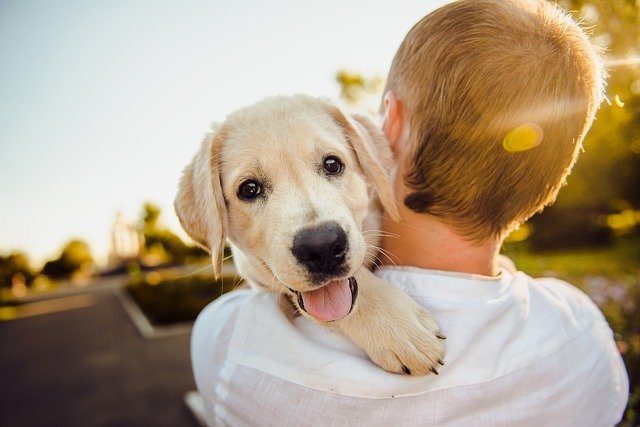Leaving your dog at dog boarding in Canberra can be stressful, especially if you’re unsure what to pack. You want your furry friend to feel comfortable and safe while you’re away, but forgetting essential items could make the experience harder for them.
Bringing the right supplies ensures your dog has a smooth stay and feels at home. This blog will cover the five must-have items to bring when boarding your dog, helping you prepare with confidence.
MORE NEWS: Phoenix bucket list: 25 things you must do
1. Food and Treats
Bringing your dog’s regular food is important for their health. Sudden diet changes can cause stomach issues, so pack enough food for their entire stay. If your dog eats a special diet, make sure to include clear instructions for portion sizes and feeding times.
Treats are also great for comfort and reward. They help make your dog feel at home and can be used as positive reinforcement during their stay. Choose treats that your dog enjoys but won’t upset their stomach.
Some boarding facilities provide food, but it’s best to bring your own to maintain consistency. Pre-measuring meals in separate bags or containers make feeding easier for the staff.
2. Comfortable Bedding
Familiar bedding helps your dog feel safe and relaxed in an unfamiliar place. Bringing their favorite blanket or bed gives them a sense of security and reminds them of home.
Some boarding facilities provide bedding, but the scent of your dog’s bed can help reduce stress. If your dog sleeps on a specific type of cushion or mat, bring it along to keep them comfortable.
Make sure the bedding is clean and easy to wash. If your dog has anxiety, a blanket with your scent can be soothing. Avoid bringing oversized beds if space is limited at the facility.
3. Emergency Contact Information
Leaving updated emergency contact details is essential. This includes your phone number, an alternative contact, and your veterinarian’s information. If any issues arise, the staff needs to reach you quickly.
Make sure the boarding facility knows about your dog’s medical history, including any allergies or health conditions. If your dog is on medication, provide clear instructions on dosage and timing.
It’s also helpful to give the contact information of someone local who can assist if needed. In case of emergencies, this ensures quick action and care.
4. Crate or Carrier
A crate or carrier is useful, especially for dogs who feel secure in enclosed spaces. If your dog is crate-trained, bringing their usual crate gives them a familiar place to rest.
Crates also help with transportation if the facility moves dogs between play areas. Some boarding facilities require them, so check ahead of time. If your dog doesn’t use a crate, a sturdy carrier can provide a safe spot for sleeping.
Ensure the crate is the right size—big enough for comfort but not too large. Place a soft blanket inside for extra coziness. If your dog has a favorite chew toy, adding it to the crate can provide comfort.
5. Special Instructions for Care
Every dog has unique needs, so leaving detailed care instructions helps ensure they receive proper attention. If your dog follows a strict routine, write down feeding times, medication schedules, and exercise preferences.
Let the staff know about any behavioral habits, such as separation anxiety, fear of loud noises, or specific triggers. This helps them adjust their care to keep your dog comfortable.
If your dog needs daily medication, provide clear labels and instructions. Also, mention any allergies or food restrictions to avoid health issues.
Have a Worry-Free Boarding Experience
Packing the right essentials ensures your dog stays comfortable, safe, and happy during their boarding stay. By preparing in advance, you give yourself peace of mind and help your pet adjust easily to a new environment.




